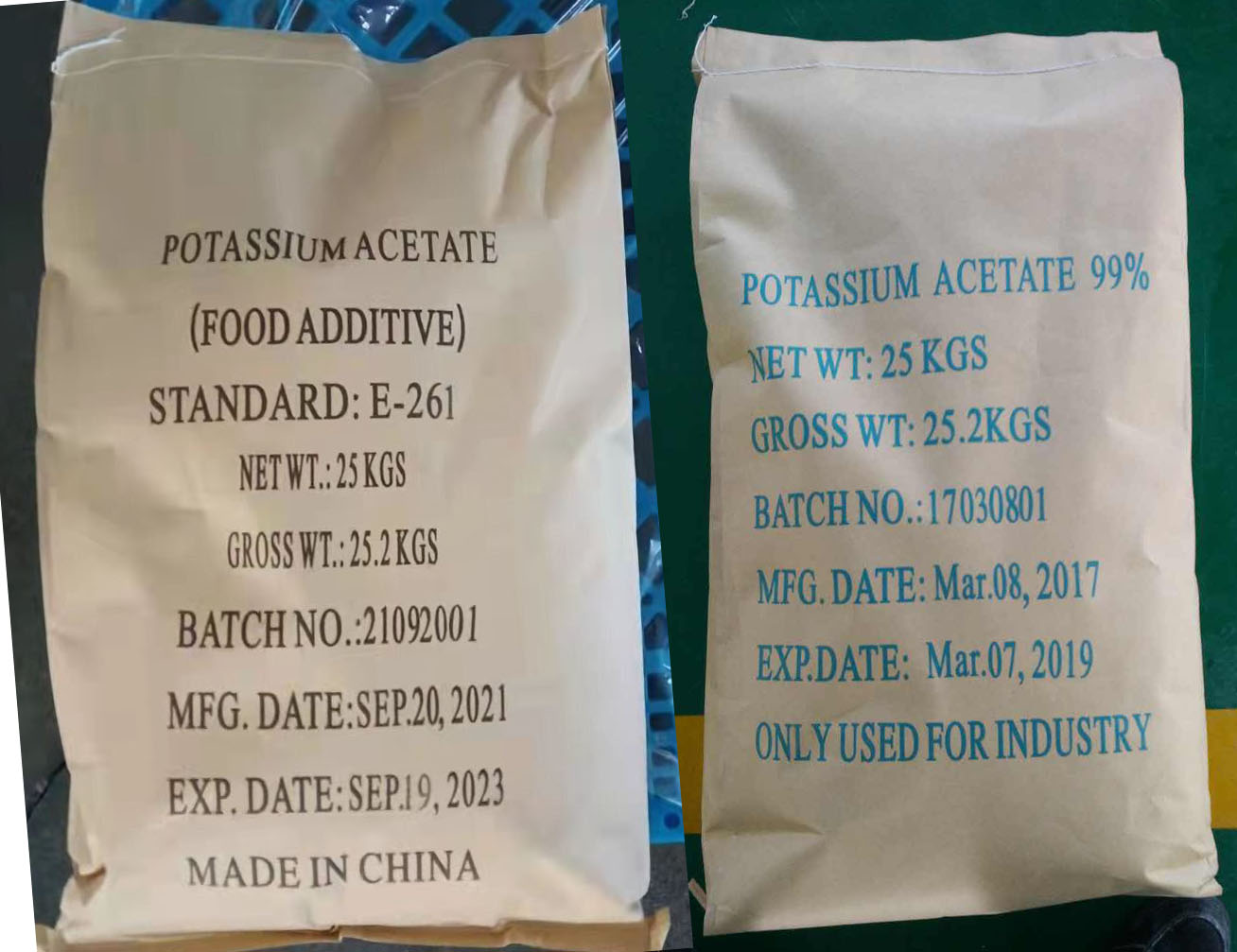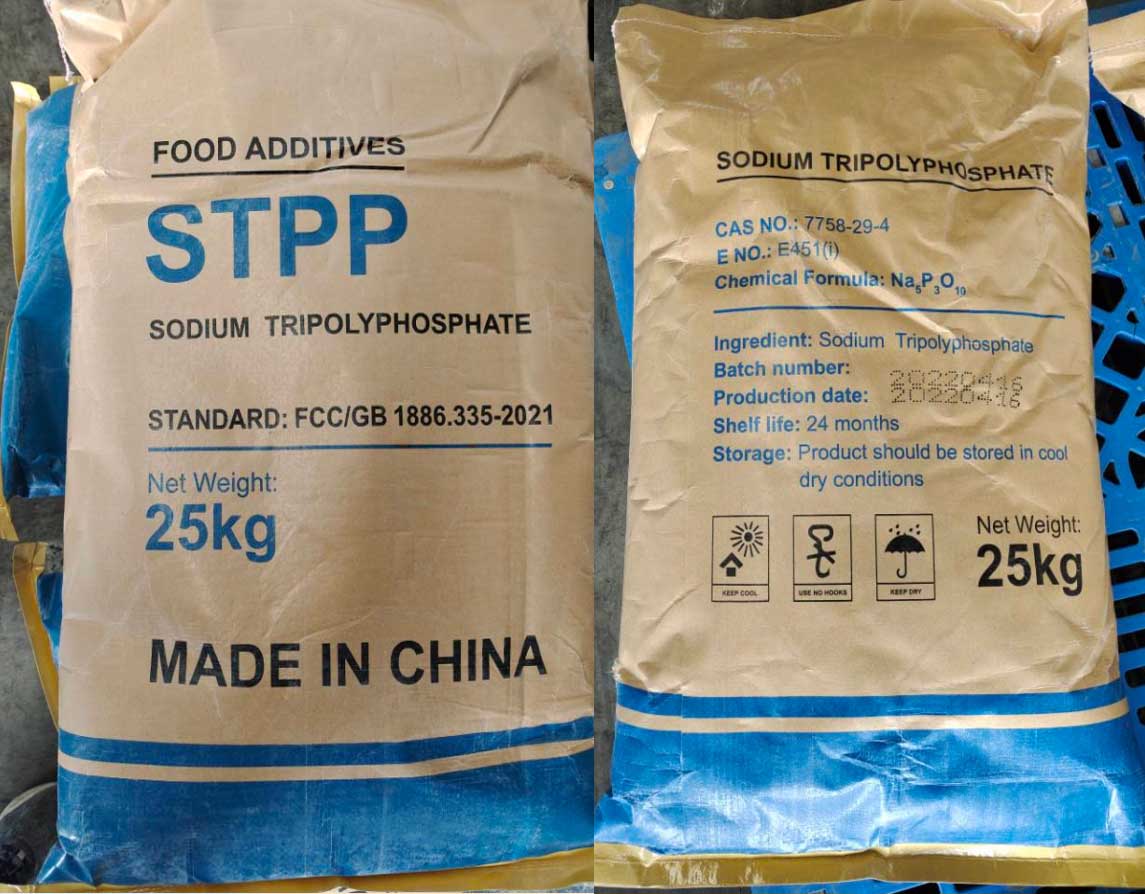Introduction
Sodium tripolyphosphate (STPP), a water-soluble sodium salt, is widely used in various industries, including food processing. Its chemical formula, Na5P3O10, makes it an effective emulsifier, sequestrant, and texturizing agent. This article explores the multifaceted applications of STPP in the food industry, highlighting its benefits, mechanisms of action, and regulatory considerations.
What is Sodium Tripolyphosphate?
Sodium tripolyphosphate is a white, crystalline powder that is highly soluble in water. It is derived from phosphoric acid and is known for its ability to chelate metal ions, particularly calcium and magnesium. This property makes it useful in preventing the formation of insoluble salts, which can affect the texture and quality of food products. STPP is also recognized for its emulsifying properties, which help in stabilizing mixtures of immiscible substances like oil and water.
Applications in the Food Industry
1. Emulsification
One of the primary uses of STPP in the food industry is as an emulsifier. Emulsifiers are essential in creating stable mixtures of oil and water, which is crucial in products such as mayonnaise, salad dressings, and ice cream. STPP helps to reduce the surface tension between the oil and water phases, allowing them to form a stable emulsion. This not only improves the texture and consistency of the product but also enhances its shelf life by preventing separation.
2. Sequestering Agent
STPP acts as a sequestering agent, binding to metal ions such as calcium and magnesium. This is particularly important in dairy products, where these ions can cause coagulation and spoilage. By chelating these ions, STPP prevents the formation of lumps and curdling, ensuring a smooth and consistent texture. It is also used in the processing of meat products to improve water retention and tenderness.
3. Texture Modification
In the production of processed meats, STPP is used to enhance the texture and juiciness of the final product. It increases the water-holding capacity of the meat, making it more tender and succulent. This is achieved by the interaction of STPP with the proteins in the meat, which leads to the formation of a gel-like structure that traps water. This application is common in the production of sausages, ham, and other deli meats.
4. pH Regulation
STPP can also be used to regulate the pH of food products. In certain applications, maintaining a specific pH is crucial for the stability and safety of the product. For example, in the production of cheese, STPP can help to maintain a consistent pH, which is essential for the proper development of flavor and texture.
5. Preventing Oxidation
STPP has antioxidant properties, which make it useful in preventing the oxidation of fats and oils. This is particularly important in products that contain high levels of unsaturated fats, such as vegetable oils and margarine. By inhibiting the oxidation process, STPP helps to extend the shelf life of these products and prevent the development of off-flavors and odors.
Mechanisms of Action
The effectiveness of STPP in food applications is due to its unique chemical properties. As a polyphosphate, STPP has multiple phosphate groups that can bind to metal ions, forming stable complexes. This chelation process prevents the metal ions from interacting with other components in the food, such as proteins and fats, which can lead to undesirable changes in texture and quality.
Additionally, the negative charge on the phosphate groups allows STPP to interact with positively charged regions on protein molecules. This interaction can alter the conformation of the proteins, leading to changes in their solubility and functionality. In the case of meat products, this can result in improved water retention and tenderness.
Regulatory Considerations
The use of STPP in the food industry is regulated by various authorities, including the U.S. Food and Drug Administration (FDA) and the European Food Safety Authority (EFSA). These organizations have established guidelines for the safe use of STPP in different food categories. For example, the FDA allows the use of STPP in meat and poultry products at levels up to 0.5% by weight, while EFSA has set maximum limits for its use in a range of food products.
It is important for food manufacturers to adhere to these regulations to ensure the safety and quality of their products. Regular testing and monitoring are necessary to ensure that the levels of STPP in food products do not exceed the allowable limits.
Conclusion
Sodium tripolyphosphate is a versatile and valuable ingredient in the food industry, with applications ranging from emulsification and sequestration to texture modification and




